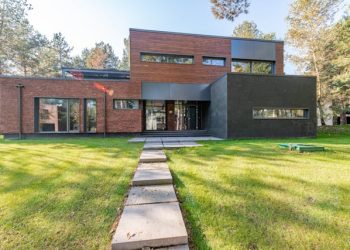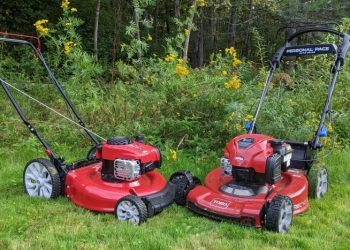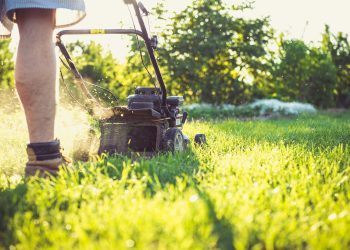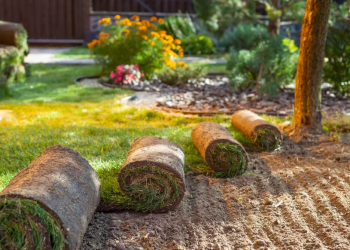
Another frequent blunder is overestimating maintenance abilities and selecting high-maintenance plants or intricate designs that require more time and resources than homeowners can realistically commit. Additionally, ignoring maintenance of your pool can prove costly.
This graphic, created by Pool Troopers, who provide commercial pool services dives deeper into how to maintain your backyard properly. Hastily undertaking DIY projects without proper research or skills can lead to subpar results or even safety hazards, ultimately costing more to rectify than hiring a professional from the outset.
Another frequent blunder is overestimating maintenance abilities and selecting high-maintenance plants or intricate designs that require more time and resources than homeowners can realistically commit.
While exotic plants and elaborate landscaping may initially seem appealing, they often demand extensive upkeep, including regular watering, pruning, and fertilizing. Failure to meet these demands can result in the decline of plants and the overall deterioration of the backyard’s aesthetic appeal.
Instead, homeowners should opt for low-maintenance landscaping options that suit their lifestyle and schedule, such as native plants or drought-resistant varieties.
Ignoring local climate conditions can have detrimental effects on the backyard environment. Planting species that are not well-suited to the prevailing climate can lead to poor plant health, increased water consumption, and the need for frequent replacements.
Moreover, extreme weather events, such as heatwaves or frost, can further exacerbate these issues, causing irreparable damage to the landscape. To avoid such costly mistakes, homeowners should research and select plants that thrive in their specific climate zone and microclimate conditions.
Hastily undertaking do-it-yourself (DIY) projects without proper research or skills can result in subpar results and even safety hazards. Whether it’s building a deck, installing irrigation systems, or constructing outdoor structures, DIY enthusiasts may underestimate the complexity of such tasks and the expertise required to execute them successfully.
Poorly constructed features can pose safety risks to both residents and visitors, potentially leading to accidents and costly liabilities. In some cases, DIY projects may also fail to comply with local building codes and regulations, resulting in fines or the need for costly corrections by professionals.
Avoiding costly backyard mistakes requires thorough planning, careful consideration of factors such as soil quality, drainage, climate conditions, and maintenance requirements, as well as a realistic assessment of one’s DIY capabilities. By investing time and resources in proper planning and seeking professional assistance when needed, homeowners can create a backyard environment that is not only aesthetically pleasing but also sustainable and cost-effective in the long run.







